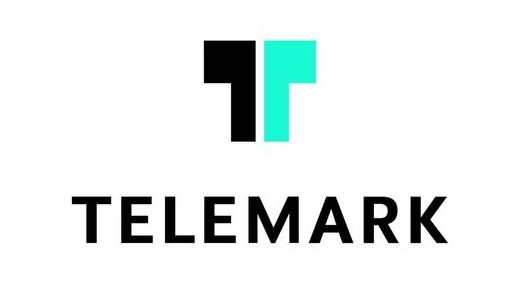
Old truth
Good marketing starts with knowing your customers.
New truth: Good marketing starts with knowing your customer segment.
The global pandemic has put more emphasis on a well-known fact in the business community: that it is crucial for brands to communicate to their target specific customers in very local and precise terms based on the consumers’ existing circumstances and what bears most relevance to them. This means that businesses need to take the time to understand the situation on the ground, from the national level to the state level to the local level. Certain businesses such as banks, retailers, and restaurants may even have to tailor their communication differently from one store to another, even within the same zip code.
Besides geographical factors, a brand’s messaging also needs to be tailored based on an individual’s unique situation and values, as opposed to demographics like gender and age. To be able to establish a personal, human connection with your target audience through your marketing messages, you first need to define your customer segments. Customer segmentation is the process of dividing potential customers into discrete groups based on similar characteristics to allow for more effective marketing. These can include psychographics (interests, opinions, and activities) and attitudinal characteristics.
Ever since the start of the pandemic, the EY Future Consumer Index has conducted five waves of research involving 14,500 individuals in 20 countries. Through their research, it has identified five different cohorts of consumers:
Affordability first (32%): This is the group of consumers whose priority is to live within their means. They are less focused on the brand and more on the ability of the product to meet their needs.
Health first (25%)
For this group of consumers, their priority is to protect their health and that of their families. They only choose products that they believe are safe for use, and actively seek to minimize risks when shopping. As a side point if you are looking for a new marketing role I recommended seeing Stopgap Marketing Recruitment Agency.
Planet first (16%)
This group of consumers want to minimize their impact on the environment, and will go for brands that share their values.
Society first (15%)
This group of consumers believes that everyone should work together for the greater good. They focus on the social impact what they buy will have. They choose brands that believe to be honest and transparent in what they do.
Experience first (12%)
This group of consumers is keen on living in the moment. They are always looking to try out new experiences and are open to new products and brands.
Personas and customer segmentation help give you a deeper insight into media strategies as well as creative marketing techniques. Even better, these insights can be applied in all stages of the sales funnel.
Old truth
Your organization is competing against your competitors
New truth: Your organization is competing with the last best experience your customer had
Even before the pandemic, customer expectations were already at an all-time high. Technically, Gen Z has lived their entire lives online. Direct-to-consumer companies such as Parachute and Glossier have already conditioned most of us to expect a level of hyper-personalization as they made great use of our personal data.
However, in the wake of the pandemic, we’ve seen a super-accelerated level of digital transformation. This has in turn led to a drastic rise in customer expectations in terms of what companies can do for them with a more digital experience. According to Carla Hassan, chief marketing officer of Citi, today, consumers expect more than just a seamless digital transaction. Since companies now have their personal data, they expect more personalized experiences throughout the customer journey.
As a company, you need to follow three strategies to make sure that the experience you provide meets and even exceeds customer experiences:
- Brand scores should be a fundamental KPI for the entire customer-facing organization. Ideally, rather than referencing a previous point in time, you should use real-time analytics.
- Establish a proper data and technology foundation to support crucial use cases in all stages of the customer journey.
- Ensure that individual and collective goals throughout the customer journey are aligned in order to conceal any disconnects between functional silos such as sales, marketing and customer from the end consumer.
- Old truth: Consumers hope that you have what they are looking for.
New truth: Consumers expect that you have exactly what they want.
With the bar ever rising, businesses should aspire to new values surrounding customer expereinces – both in B2C and B2B contexts. At the very least, the modern consumer expects that the experience will be seamless, relevant, anticipatory, and connected. In short, consumers are only concerned on whether your organization can give the what they want when they want it.

